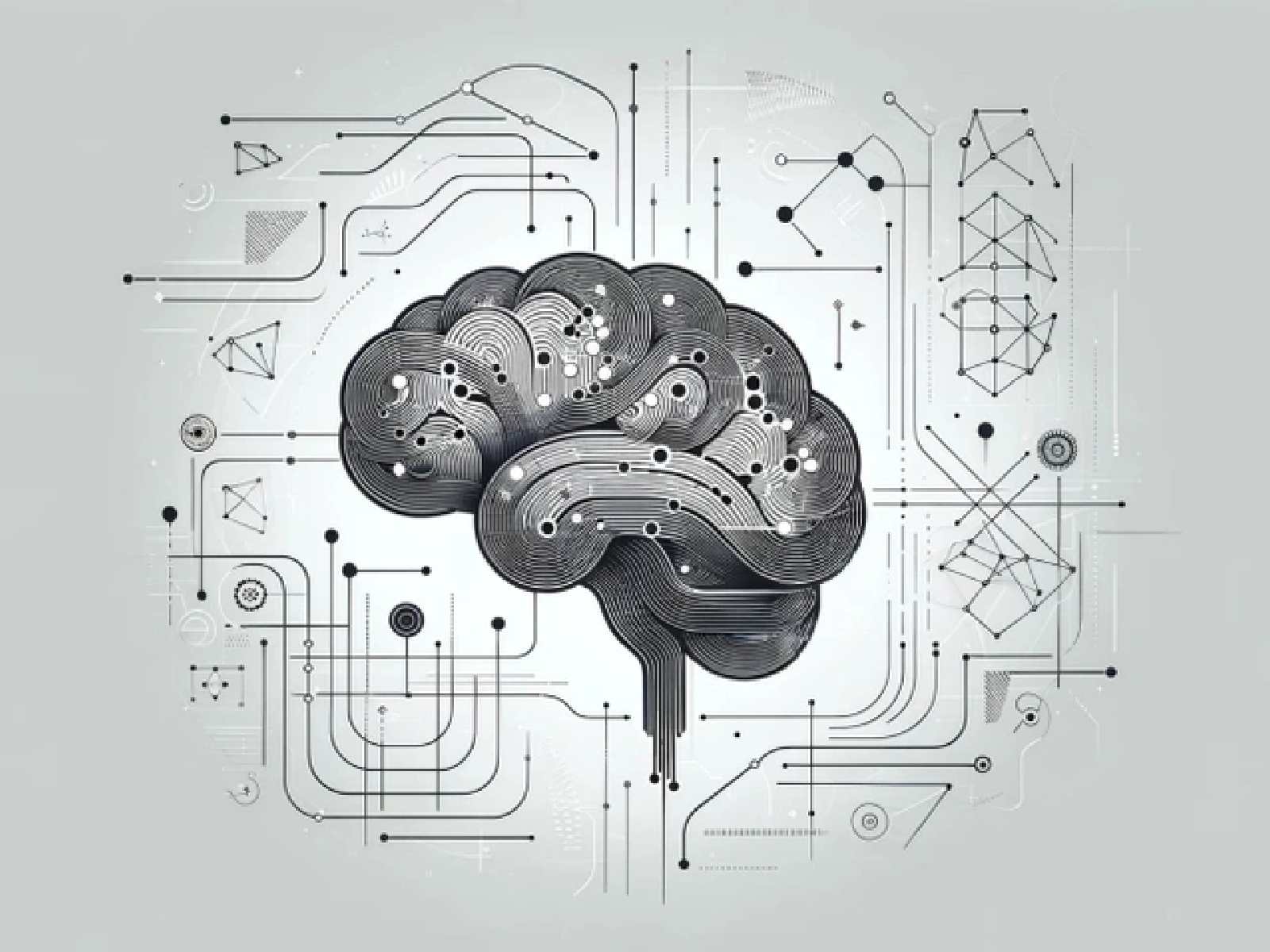
8930
In Neuro-Linguistic Programming (NLP), a metaphor refers to the use of symbolic language or stories to convey meaning and create shifts in perception and understanding. Metaphors are powerful tools used by NLP practitioners to help clients gain insights, access resources, and make positive changes. Here’s an explanation of how metaphors are used in NLP, along with an example, presented in a point format:
Abstract Representation: Metaphors provide an abstract representation of a client’s experience or challenge. By using symbolic language, metaphors can bypass conscious resistance and tap into the unconscious mind.
Universal Understanding: Metaphors often utilize universal symbols and themes that people can relate to. This universal understanding helps create a connection between the metaphor and the client’s personal experiences.
Reframing Perspectives: Metaphors can help reframe a client’s perspective by presenting alternative viewpoints or new possibilities. They provide a different lens through which the client can perceive their situation and generate fresh insights.
Creating Emotional Impact: Metaphors have the ability to evoke emotions and create deep impact. By engaging the client’s emotions, metaphors can facilitate transformative experiences and encourage positive change.
Accessing Resources: Metaphors can be used to access and utilize internal resources. By guiding the client through a metaphorical journey, they can tap into their own strengths, capabilities, and solutions.
Example: Let’s say a client is struggling with feelings of being overwhelmed by their workload and responsibilities. The NLP practitioner might use a metaphor of a tightrope walker crossing a high wire to represent the client’s situation. They would describe how the tightrope walker maintains focus, finds balance, and takes one step at a time to reach their destination. Through this metaphor, the practitioner helps the client shift their perspective from overwhelm to a more balanced and focused approach to their tasks.
In summary, metaphors in NLP serve as powerful tools for communication and transformation. They offer abstract representations, tap into universal understanding, reframe perspectives, create emotional impact, and help clients access internal resources. Metaphors provide a unique way of exploring and understanding complex experiences, allowing for new insights and facilitating positive change.
Examples Metaphors NLP
In Neuro-Linguistic Programming (NLP), metaphors can be utilized to help individuals cope with depression and loneliness by reframing their perspectives and accessing inner resources. Here are two examples of how metaphors can be used to address these issues:
Metaphor for Depression: Let’s consider a client who is experiencing depression. The NLP practitioner may use a metaphor of a dark tunnel to represent the client’s current state. They would explore the metaphor in the following way:
Description: The practitioner would describe the dark tunnel, emphasizing its darkness, narrowness, and the feeling of being trapped inside.
Exploration: The client is encouraged to explore the metaphorical tunnel and identify any elements that resonate with their depression. They may express feelings of hopelessness, isolation, or a lack of light.
Transformation: The practitioner then guides the client through a metaphorical journey out of the tunnel. They may introduce the idea of finding a glimmer of light at the end of the tunnel, representing hope, support, or a positive change.
Resources: The metaphorical journey helps the client access inner resources, such as resilience, inner strength, or external support systems, to navigate their way out of the dark tunnel.
By working with the metaphor, the client can begin to shift their perception of depression and explore possibilities for positive change.
Metaphor for Loneliness: For a client struggling with loneliness, the NLP practitioner may employ a metaphor of a barren island to represent their experience. The process could unfold as follows:
Description: The practitioner describes the barren island, highlighting its isolation, lack of connection, and the absence of companionship.
Exploration: The client is encouraged to explore the metaphorical island and identify aspects that resonate with their feelings of loneliness. They might express emotions of longing, disconnection, or a desire for meaningful relationships.
Transformation: The practitioner guides the client through a metaphorical journey of transforming the island into a fertile and vibrant place. This may involve introducing the idea of planting seeds of connection, nourishing relationships, or seeking out social opportunities.
Resources: The metaphorical journey helps the client access inner resources, such as self-worth, communication skills, or the ability to reach out to others, in order to cultivate connections and overcome loneliness.
By using the metaphor, the client can reframe their experience of loneliness and explore strategies for creating meaningful connections with others.
It’s important to note that NLP metaphors are not meant to be a singular solution or a substitute for professional mental health support. They are tools that, when used in conjunction with appropriate therapeutic techniques and interventions, can help individuals gain insights, generate new perspectives, and access internal resources to address their challenges. Seeking guidance from a qualified NLP practitioner or mental health professional is advised for a comprehensive approach to addressing depression and loneliness.